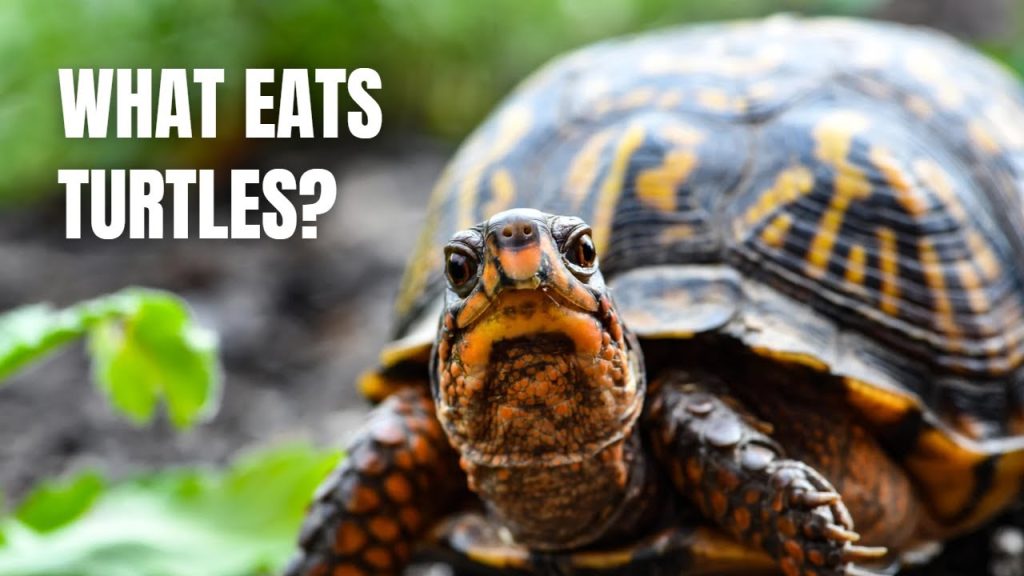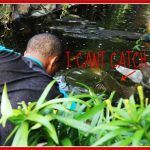What Eats Turtles in a Pond
Turtles are fascinating creatures that can be found in various aquatic environments, including ponds. While turtles are known for their protective shells, they are not immune to predation. In a pond ecosystem, there are several natural predators that pose a threat to turtles. Understanding the predators of turtles in a pond is essential for maintaining a balanced and healthy ecosystem.
Predators of Turtles in a Pond
1. Birds of Prey:
Birds such as eagles, hawks, and herons are known to prey on turtles in ponds. These birds have keen eyesight and sharp talons, making them formidable hunters. They can swoop down and snatch turtles from the water’s surface or even pluck them from the banks of the pond.
2. Raccoons:
Raccoons are opportunistic feeders and are known to raid turtle nests for eggs. They are also capable of capturing and consuming small turtles, especially hatchlings. Their dexterous paws and sharp teeth make them efficient predators of pond-dwelling turtles.
3. Snakes:
Some snake species, such as water snakes and garter snakes, are adept at hunting turtles in ponds. These snakes are skilled swimmers and can ambush turtles as they bask on logs or swim near the water’s edge. Once captured, the snakes will constrict and consume the turtles.
4. Large Fish:
In ponds with sizable fish populations, larger fish species such as bass, pike, and catfish can prey on turtles. These fish can ambush and overpower turtles, particularly younger or smaller individuals. Their sharp teeth and powerful jaws enable them to consume turtles as part of their diet. Well, its clear that large fish eat turtles but do turtles eat fish in a pond? Check our article to know more about it.
5. Mammals:
Various mammals, including otters and mink, are known to hunt turtles in pond environments. These semi-aquatic mammals are agile swimmers and can pursue turtles underwater. They are capable of capturing and consuming turtles as part of their diet, contributing to the predation pressure on pond-dwelling turtles.
Impacts of Predation on Turtle Populations
The presence of natural predators can significantly impact the population dynamics of turtles in a pond. Predation can lead to a decrease in turtle numbers, particularly among vulnerable individuals such as hatchlings and juveniles. This can disrupt the ecological balance within the pond ecosystem and may have cascading effects on other species.
Conservation Considerations
Understanding the predators of turtles in a pond is crucial for implementing effective conservation measures. Conservation efforts may include habitat management, predator exclusion techniques, and the establishment of protected areas for nesting and basking sites. By addressing predation pressures, conservationists can help sustain healthy turtle populations in pond ecosystems.
Tips for Turtle Safety
If you have a pond on your property and want to protect the turtle population, there are several steps you can take to ensure their safety:
1. Provide Basking Sites:
Create or maintain basking sites for turtles, such as logs or rocky outcrops, where they can sunbathe and regulate their body temperature. These sites should be easily accessible from the water and offer protection from potential predators.
2. Nesting Protection:
Identify and protect turtle nesting sites to safeguard eggs from predators such as raccoons. Installing wire mesh or protective barriers around nesting areas can help deter egg predation and increase the chances of successful hatching.
3. Predator Exclusion:
If possible, consider implementing predator exclusion measures such as fencing or netting to limit access to the pond by potential turtle predators. This can help reduce predation pressure and create a safer environment for turtles.
4. Habitat Enhancement:
Enhance the pond habitat by incorporating aquatic vegetation and submerged structures that can provide refuge and cover for turtles. A diverse and well-structured habitat can offer turtles protection from predators and support their overall well-being.
5. Wildlife-Friendly Practices:
Promote wildlife-friendly practices around the pond, such as minimizing the use of chemical pesticides and herbicides. Maintaining a healthy and natural ecosystem can benefit turtles and their cohabiting species.
Frequently Asked Questions
Q: What natural predators do turtles have in a pond?
A: Common natural predators of turtles in ponds include raccoons, foxes, large birds (like herons and eagles), otters, and large fish (such as bass and catfish).
Q: Do birds pose a threat to pond turtles?
A: Yes, birds of prey such as eagles, hawks, and herons can pose a significant threat to turtles, especially smaller or younger turtles.
Q: Can turtles be preyed upon by other aquatic animals?
A: Yes, larger fish like bass, catfish, and alligators (in regions where they are present) can prey on smaller turtles or turtle hatchlings.
Q: How do raccoons catch turtles?
A: Raccoons are adept hunters and can catch turtles by pulling them out of the water or flipping them over to expose their softer undersides, which are easier to eat.
Q: Are snakes a threat to turtles in a pond?
A: Some large snakes may prey on smaller turtles or turtle eggs, but they are not typically a major predator of adult turtles.
Q: Do otters eat turtles?
A: Yes, otters are known to prey on turtles. They have strong jaws and teeth capable of breaking through a turtle’s shell.
Final Words
So, while turtles in a pond may have natural predators, there are steps that can be taken to help ensure their safety and conservation. By understanding the predators of turtles in a pond and implementing proactive measures, it is possible to create a harmonious environment where turtles can thrive. By promoting coexistence and conservation efforts, we can contribute to the preservation of these remarkable reptiles in pond ecosystems.





